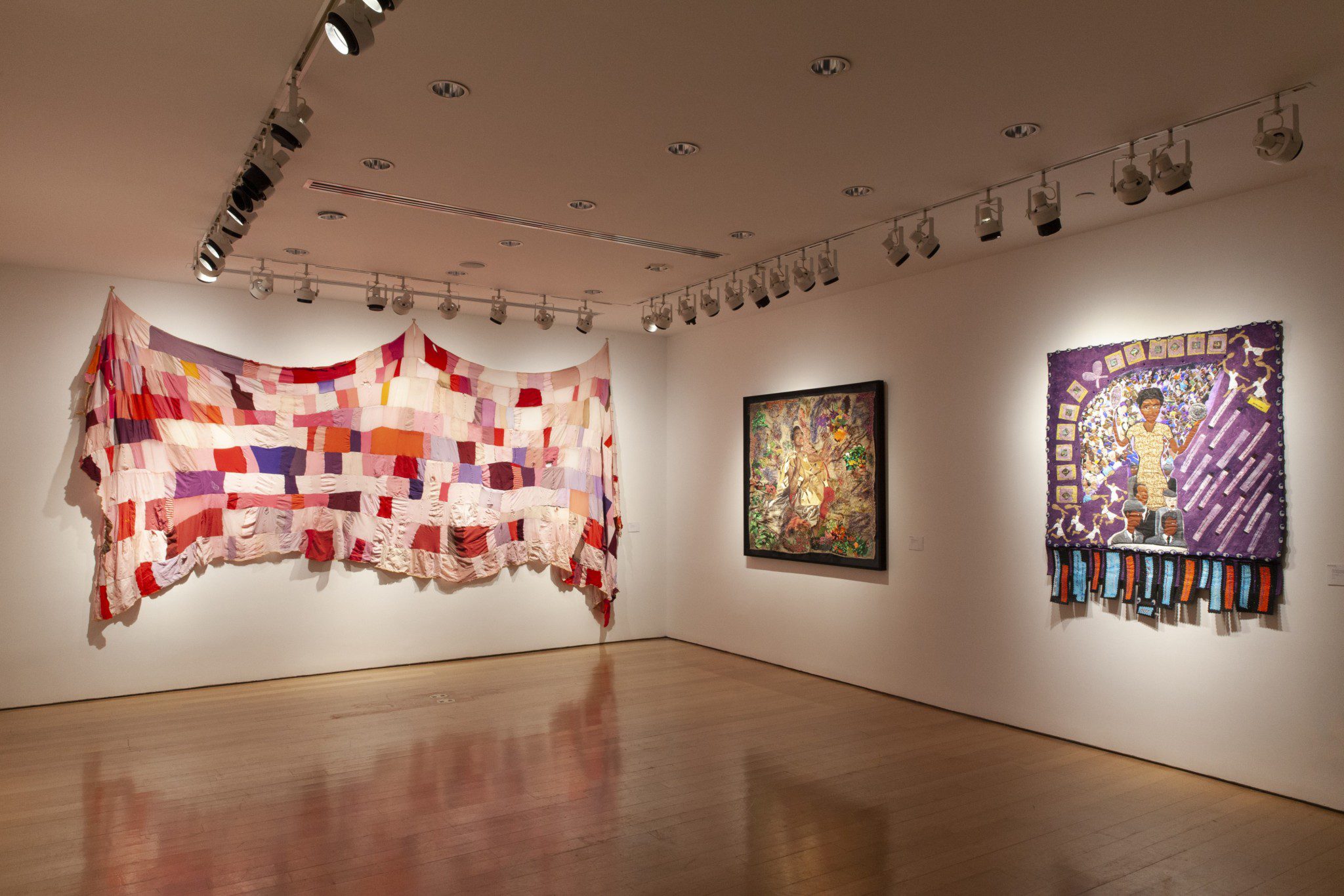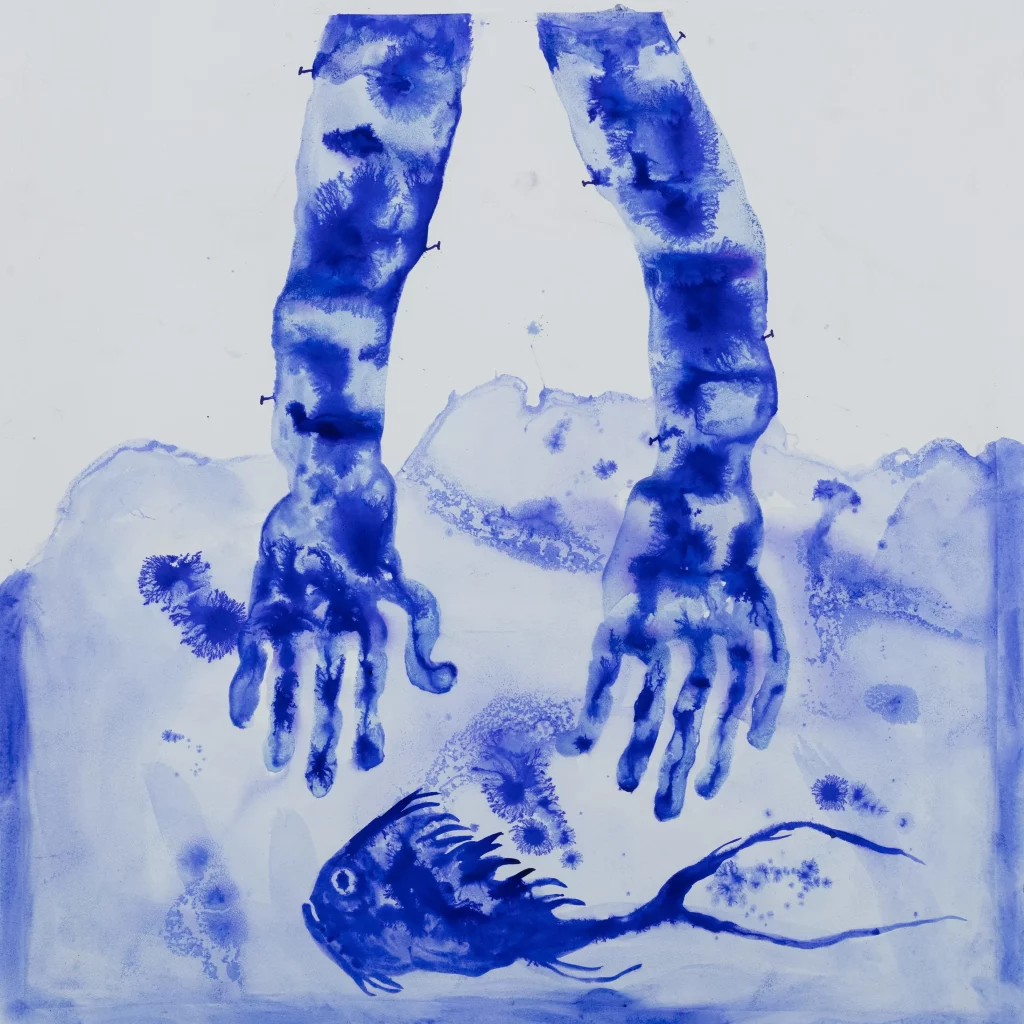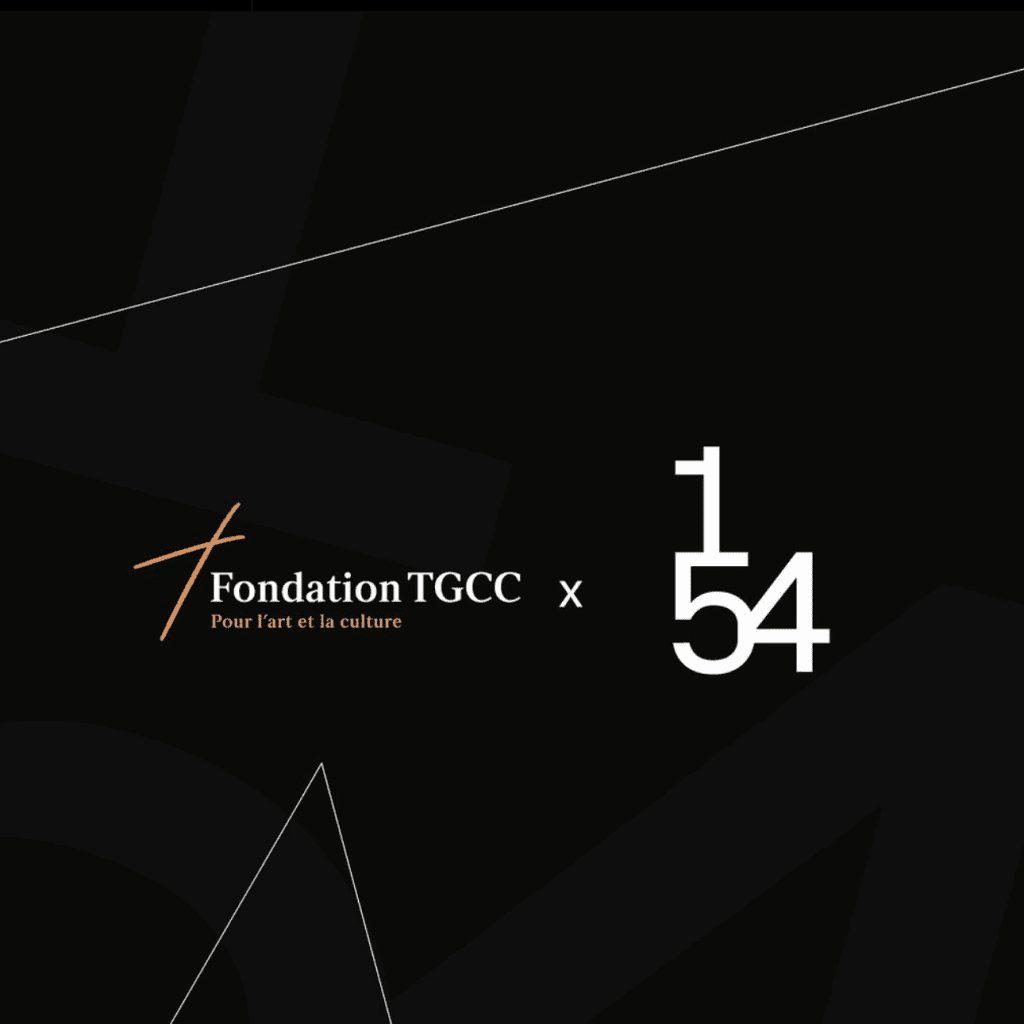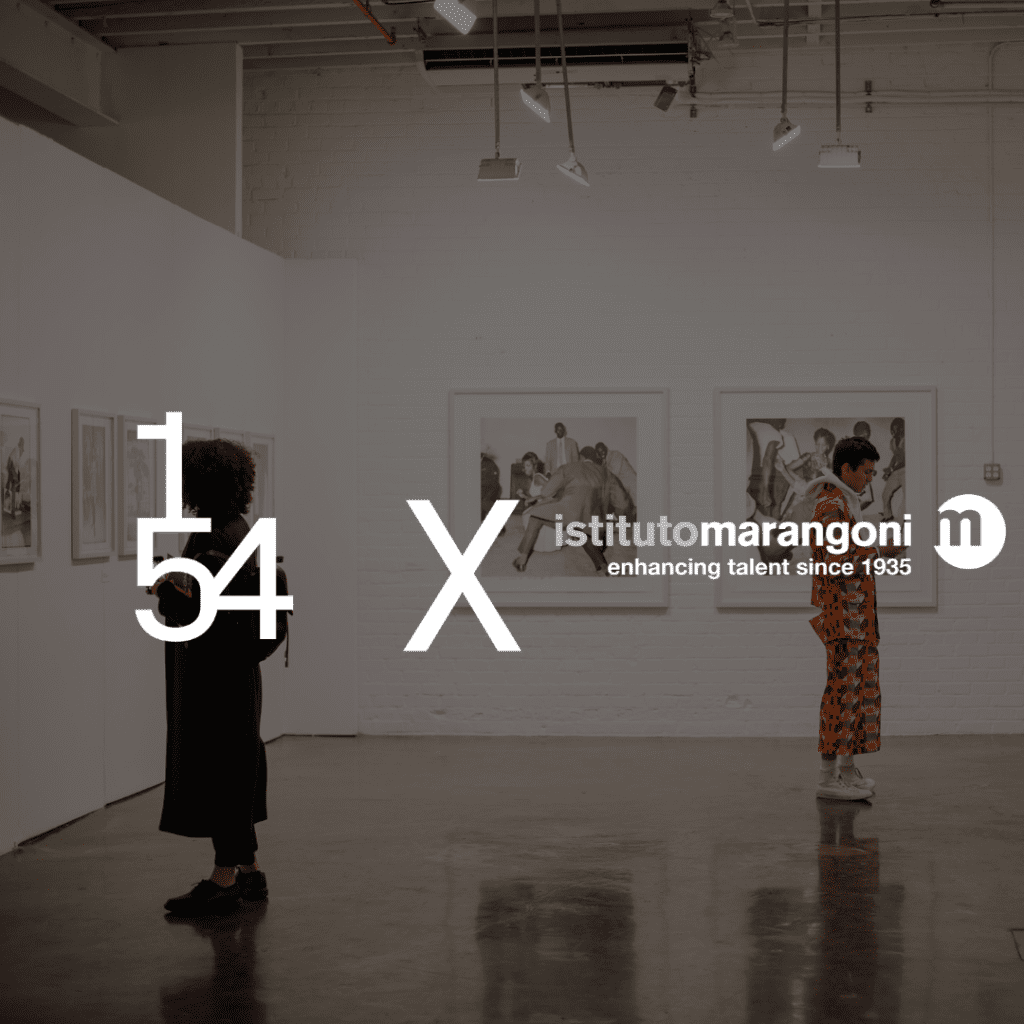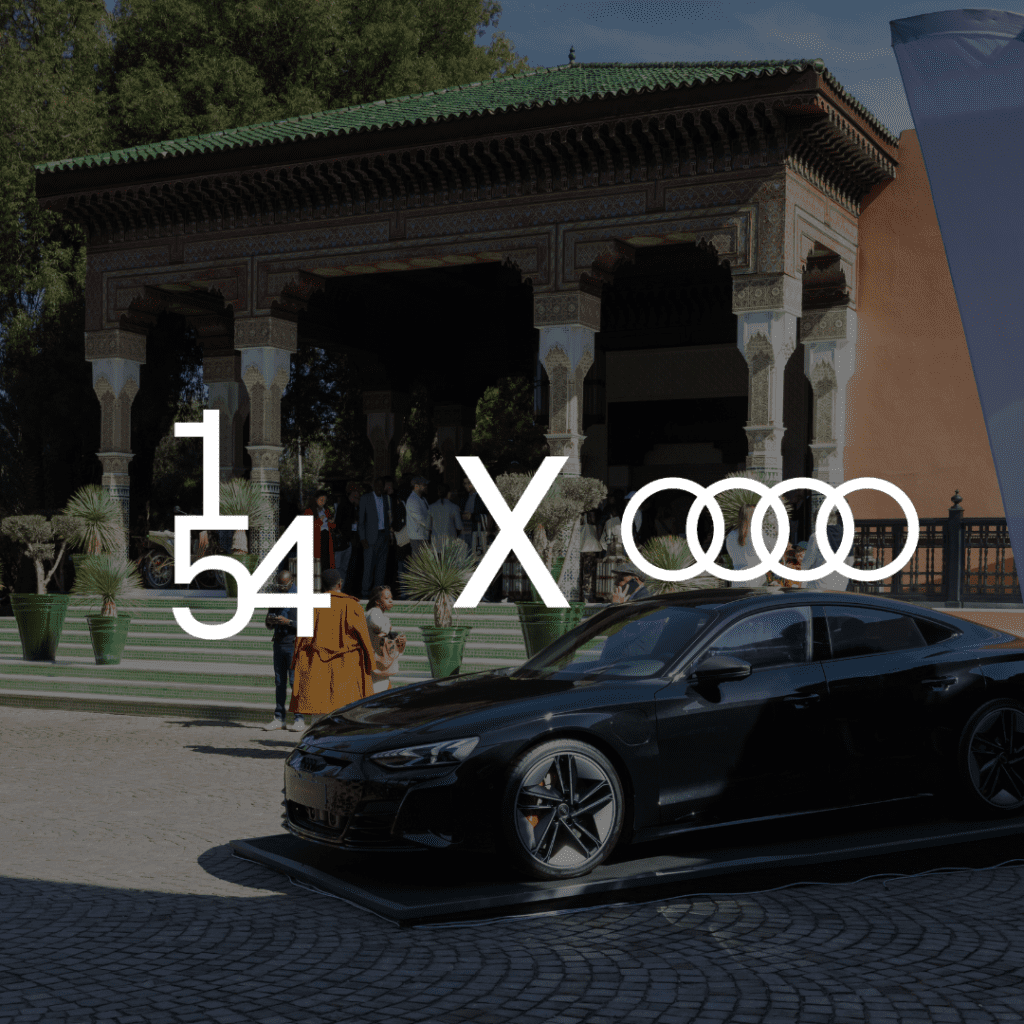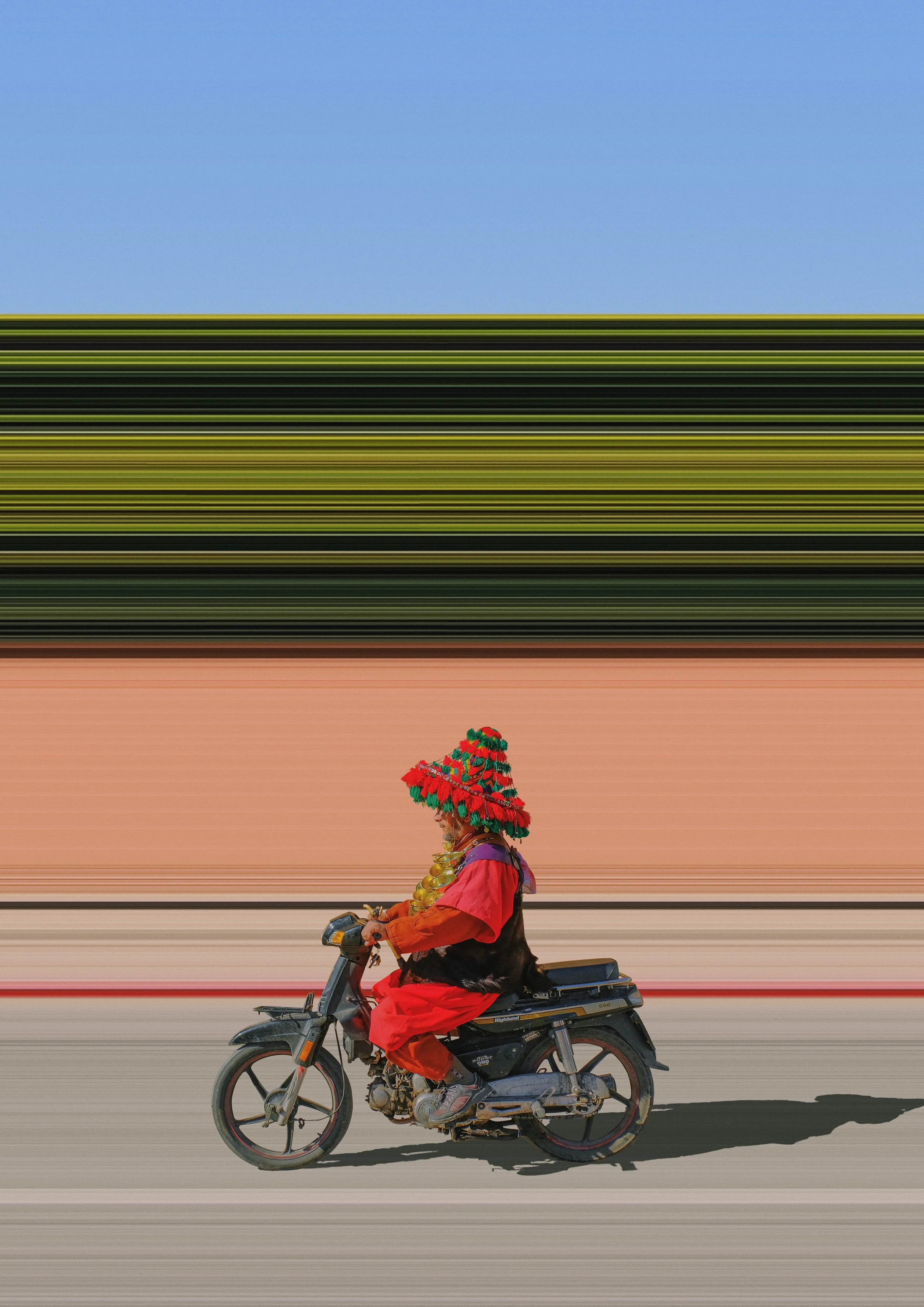15-26 MAY 2021
CHRISTIE’S ROCKEFELLER PLAZA, NEW YORK CITY
Knotted Ties, a curated selection of works by women artists who use textiles in their practice was held at Christie’s Rockefeller Plaza from the 15 -26 May. The exhibition contemplated the pluralism of the medium as well as narratives portrayed and expressed through fabric and thread. The works included the exhibition illustrate both the power and strength of textile work and its capacity to convey humanity’s entangled histories, challenging social landscapes, and complex realities. These works instigate debate while also offering the idea of mediative resolve through resilience, reminding us of the importance of community nurturing and constructive dialogue as we create futures through uncertain times.
The exhibition featured work by Ambrose, Igi Lola Ayedun, Joana Choumali, Lidia Lisbôa, Kimathi Mafafo, Turiya Magadlela, Dindga McCannon, Shervone Neckles, Josie Love Roebuck, and Tina Williams Brewer.
Video copyright by Brittany Buongiorno, 2021
Dindga McCannon and Tina Williams Brewer were in conversation with Kilolo Luckett on Wednesday, 19 May at 1pm EST / 6pm BST. Watch the conversation below, or listen on our podcast here.
Explore some more of the presented artist’s intentions below.
Ambrose

“ I’m an artist from North Carolina. My piece is titled ‘Shadowman.’ There’s a lot of layering of different fabrics in the piece to create this environment where the colours and the textures of the fabric get to interact to create almost a three-dimensional piece that changes how the space that you are in, feels. Because when you have this life-size big waft of fabric hanging and flowing off the wall, it kind of creates a different feeling in the space. And that’s what I want when people see the work. I want them to have a feeling first from looking at it. Also, there’s this idea of the shadow figure as a shadow presence. There are two figures. The main figure is sparkly, is all sparkles. And I wanted to explore the idea that all of us are made of stardust, and what that looks like in a symbolic, almost allegorical form.”
Igi Lola Ayedun

“Over the years, I have come to understand that our identity values go through everything that attract us because genealogy carries the historical inheritance that shape us in a present world. During this feeling of unease about this eternal personal process of self- identification, I also understood the influences that the social context of my life have over my identity perspectives. And from then on, I realised the cultural genetic void in which I became someone. I really don’t know how many people think or worry about the consequences of the 500 years of slavery in Brazil. But it is a fact that more than a half of a nation has its genetic history completely erased. And origins are a hard subject to deal with.Deviating from the addictions of contemporary Western society became a life mission for me in order to understand what existed before the time, when European colonisation decided to intercept the cycle of my genetic ancestry. And because of that, I discovered the ‘indigo route’ between Africa, Latin America, Middle East and Asia, and also the cultural capacity that colours have to reveal magic and lost civilizations from the past. This is why I decided to focus my work on textile practices that explores ancient techniques of natural pigments as another way of producing painting.
Among cotton, wax, Indigo, clay, corn, lapis lazuli powder, lapis lazuli stones, azurite gems, water and sun bath. Besides beauty, of course, there is a fascinating feeling in the possibility of rebuilding life cycles through the materiality of my artwork. And also there is this special understanding of the genetic reactions of the object during the process of texturing, colouring and washing added to the influence that the environment has on the materiality of this textile piece.
It’s not just about art and aesthetics. It’s about culture, humanity, nature, history, and its transitions, exchanges, robberies between migration, colonisation, wars, genocide. And I truly believe that by creating new pieces, rethinking those techniques, is a way to claim a memory that has always been alive in our African DNA.”
Joana Choumali

“The ravenala tree commonly called travelers tree or travelers palm is a large tree like plant. The travelers palm gets its name from the fact that thirsty travelers could find stores of water in many parts of the plant. I shot the picture at Down, in Accra, Ghana in the Osu Area. The tree unfolds and present blooming flowers. Full of majesty, the tree of travelers is the symbol of openness of fulfillment, maturity and hope. The two women observed the ravenala as if they wanted to learn from the tree, to get some direction. I started this piece in 2020, during the first COVID-19 confinement. The piece evokes the expectations of better days.”
Kimathi Mafafo

“My name is Kimathi Mafafo, a multidisciplinary artist whose practice range from embroidery while painting to installation. I was born in Kimberley, Northern Cape in South Africa. I’m currently based in Cape Town.I started with embroidery from wanting to duplicate my original paintings into embroidery. I can also trace back that my late great-grandmother was an embroider in tapestry who used to decorate her tapestry in a beautiful house. So basically, I got the skill from my late grandmother.
The theme or the title of my embroidery panels is called ‘Self Realisation.’
The work marks the reflection of a journey of a woman: how we continue to restructure growth into strength in the journey. And in self-realisation, we realise the strength of a woman.”
Turiya Magadlela

“South Africa is a very young economy. It is also a young cultural space. It is young in so many ways that my generation is basically the first generation of artists that have been allowed to go into school after Apartheid in South Africa. It’s very important for me to be able to create work that will challenge traditional art making forms: painting, etc. It’s also important for me to make work that will be extremely emotive and give to the viewer what paint or traditional material are not be able to make, to give. So I make my work about the emancipation of women in South Africa and my life as a woman and mother in this environment.”
Dindga McCannon

“Hi, my name is Dindga McCannon and I am excited to participate in this year’s 1-54 New York exhibition courtesy of the Fridman gallery. I’m a multimedia visionary artist who layers a mixture of techniques and materials to create art quilts. This work is entitled Althea Gibson. My work explores my visual view of the African diaspora, focusing on the lives of African American women. These women have overcome enormous obstacles to achieve greatness in their chosen fields. I find their stories interesting, inspirational, and that they pay homage to the resilience of the human spirit. In this art quilt, Miss Gibson is shown at her ticker-tape parade down Broadway in New York, July 1957, in honour of her being the first Black person to win at Wimbledon. The tags dangling from the bottom of the work, champion some of the other highlights of her remarkable life. Like for example, she also excelled at golf. This art quilt is painted, collaged, and quilted. She is made from fabric paints, brown paper, beads, dyed cotton bedding, found goodies, Kona cotton, Lutradur, copper, and machine embroideries.”
Shervone Neckles

“I’m Shervone Neckles. I’m an interdisciplinary artist. And my work uses ethnographic investigations to explore this kind of duality and transitional nature of my Afro Caribbean Grenadian American identity. So much of my work is about being first generation American and growing up in a very densely populated Caribbean community in Flatbush, Brooklyn, New York, to young Grenadian parents, who were insistent on raising me in a very Caribbean household. So a lot of my work is about those childhood memories of trying to make sense of the world and trying to make sense of my place in the world. So a lot of my work weaves together my Afro Caribbean values and cultural expression and aesthetics with my American identity, and my deep personal interest in history, nature and the sciences. And that allows me to then explore concepts of like, ancestral memory, my relationship to loss, my family’s complicated history with land ownership, me, and having this desire to create these self-defining identity narratives. So from my kind of Black girlhood to womanhood trajectory, and then again, exploring those tensions in being first generation American, so the tensions of this need for cultural preservation, but also this weight that I feel at times around these cultural expectations.So there’s just this hyper focus on interiority that’s in my work, that I see as a kind of strategy towards gaining personal agency. Right? In my work there is a kind of personal pursuit towards liberation: I see a lot of my work as this kind of conscious undoing and remaking of personhood for me. So the provenance series is really about pursuing that freed self. And I do that by exploring this by bridging the material and the spiritual or bridging the sacred in the sciences. And I do that by combining mixed media techniques with textiles, collage, assemblage, embroidery, beading and printmaking, which to me are all rooted in my Afro Caribbean traditions. And I see those as my way of kind of maintaining a connection, continuing traditions, preserving memories, but also inserting myself and ancestors into history.”
Josie Love Roebuck

“My work has been exploring the complexity of being biracial by symbolising pain and triumph, exclusion and acceptance through the layering of fabrics and patching together a portrait. Through exploring such themes within my work I’ve been drawn to quiltmakers specifically and how they are writing down their stories. While my piece ‘No I Don’t Speak Swahili’ is not a quilt, it is a textile piece that is depicting a story. This piece is referencing insensitive racial remarks that were said to me by one of my students. While I am depicting the pain of how others have perceived me due to my skin colour -the repetition of the three portraits of who I actually am- it also reinforces how others have categorised me. My relationship to textiles allows me to use a non-traditional tool such as a needle that can patch, alter history and repair the future during a time of pronounced racial injustice.”
